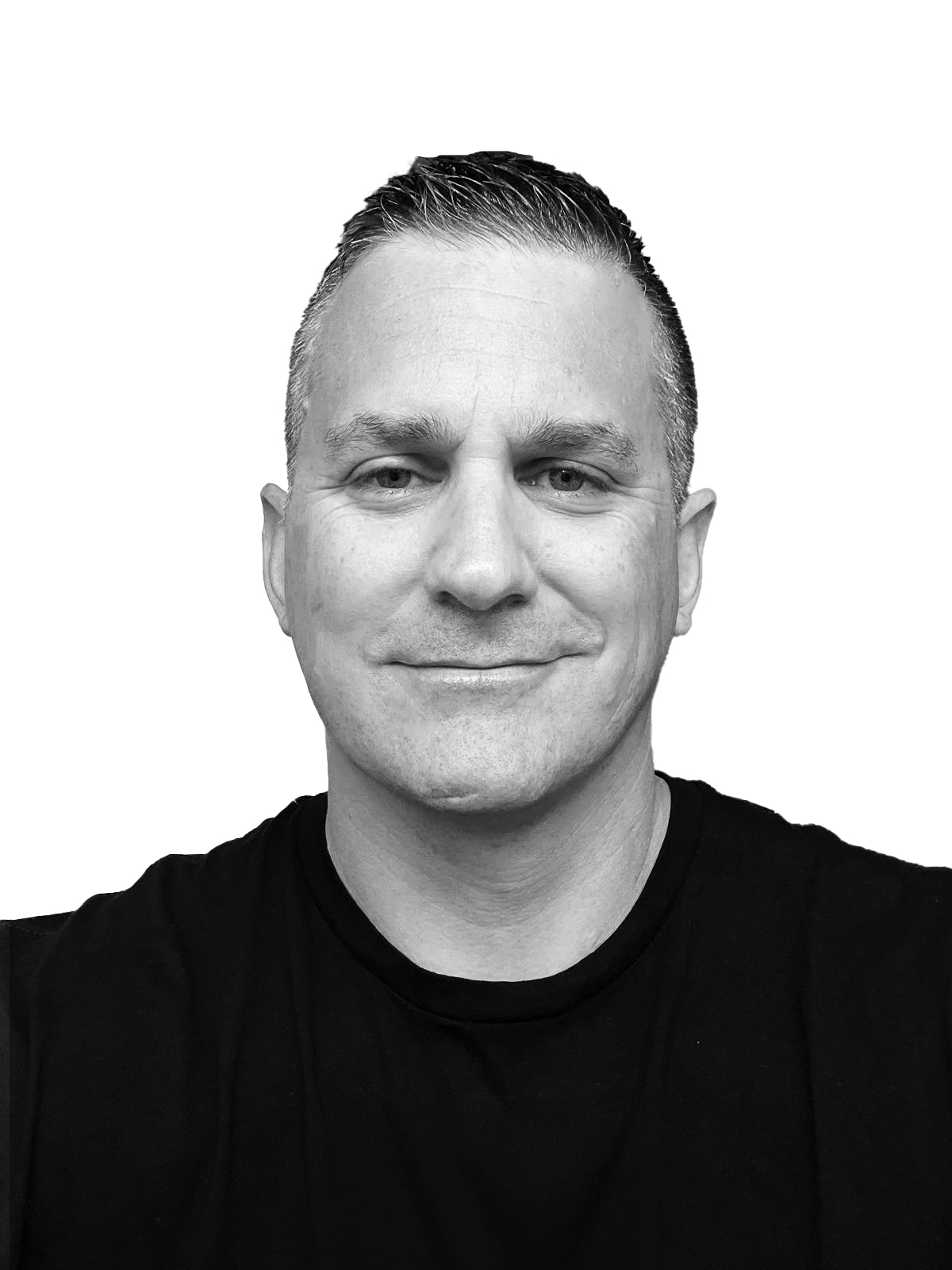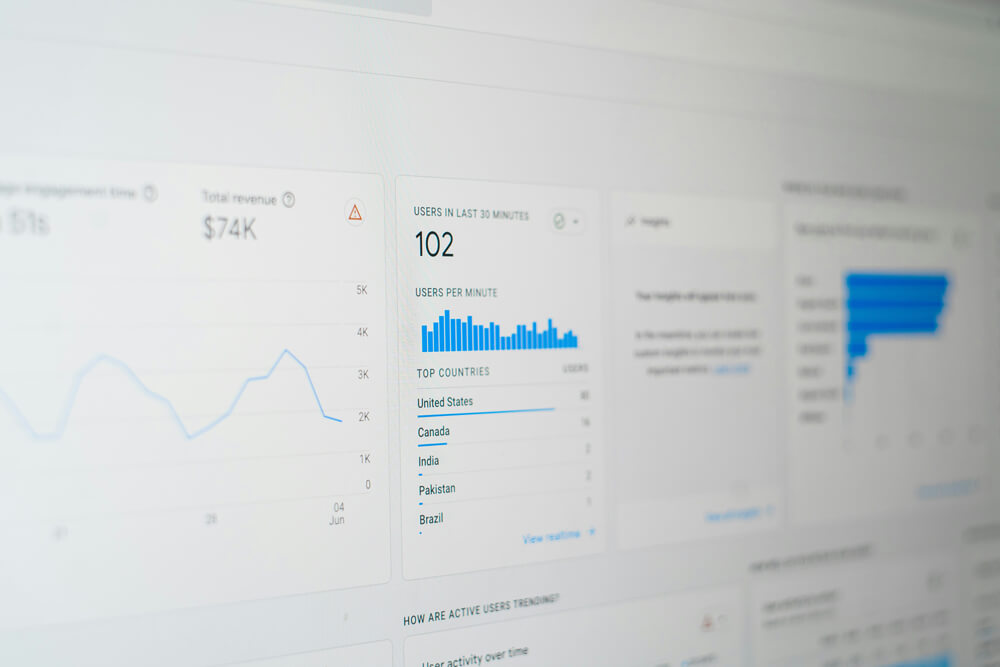
Table of Contents
In today’s digital world, inclusivity isn’t just a nice-to-have—it’s a necessity.
Just as physical spaces are required to provide accommodations like ramps and elevators for individuals with disabilities, websites must also be designed to ensure accessibility for everyone. Website accessibility ensures that people of all abilities can navigate, interact with, and benefit from your online presence.

What is Website Accessibility?
Website accessibility refers to designing and developing websites so that they can be used by individuals with disabilities, including those with visual, auditory, motor, or cognitive impairments. It’s about creating an inclusive digital environment where everyone has equal access to information and services.
Why is Website Accessibility Important?
1. Inclusivity is a Moral Obligation
The internet is a vital part of daily life, from shopping and banking to education and entertainment. Excluding individuals with disabilities from accessing your website is not only unfair but also goes against the principles of equality and inclusivity.
2. Legal Compliance
In the United States, the Americans with Disabilities Act (ADA) and Section 508 of the Rehabilitation Act set standards for website accessibility. Non-compliance can lead to lawsuits, fines, and reputational damage. Ensuring your website meets these standards protects your business from legal risks.
3. Improved User Experience
Accessible websites are easier to navigate for everyone, not just individuals with disabilities. Features like clear navigation, alt text for images, and keyboard-friendly design enhance the overall user experience, leading to higher engagement and satisfaction.
4. Expanded Audience Reach
By making your website accessible, you open your business to a larger audience. According to the World Health Organization, over 1 billion people worldwide live with some form of disability. That’s a significant portion of potential customers you can’t afford to ignore.
Case Study: The Impact of Accessibility
The case study is of a company that redesigned their website and they used Section 508, ADA, and WCAG guidelines. Since updating their website, they have had increased visibility and a higher number of visitors, therefore they have seen significant improvements.
Here is the case study: Reverie Retreat owns a resort in the Sierra Nevada, and they offer a retreat destination. They redesigned their website to make it more accessible and also implemented WCAG 2.2 AA guidelines, thus they improved the overall user experience. They also uploaded improved images, so the website became more engaging.
Then they made it easier to use, and they made it easier for people to use the website if they have trouble with their eyes or hands.
This is what happened after they changed the website:
- 4x more people visited their website
- 50% of their guests book their rooms on the website, because they no longer need to use Airbnb and other sites.
- They attracted more of their ideal guests, and that is older guests and guests with a disability.
This is an example of how improving the accessibility of your website can lead to more visitors, and it can make you earn more money, because it can attract a wider range of customers.
Source: Access Design Studio

Beginning Steps: How to Make Your Website Accessible
1. Use Alt Text for Images
Ensure all images have descriptive alt text so screen readers can convey the content to visually impaired users.
2. Provide Keyboard Navigation
Your website should be fully navigable using a keyboard, as some users may not be able to use a mouse.
3. Ensure Color Contrast
Use high-contrast color schemes to make text and visuals easier to read for individuals with visual impairments.
4. Add Captions and Transcripts
Include captions for videos and transcripts for audio content to accommodate users with hearing impairments.
5. Follow WCAG Guidelines
The Web Content Accessibility Guidelines (WCAG) provide a comprehensive framework for making websites accessible. Adhering to these guidelines ensures compliance with ADA and Section 508 standards.
Take the right steps towards inclusivity and compliance
Your website is more than just a digital storefront—it’s a gateway to your brand, your values, and your commitment to inclusivity. Don’t let accessibility be an afterthought. By taking the right steps, you can ensure your website meets 508 and ADA standards, providing an inclusive experience for all users.
Let’s work together to make your website accessible to everyone. Contact me today so we can work together and take the first step toward creating a website that’s not only compliant but also welcoming to all. Together, we can build a more inclusive digital world.





